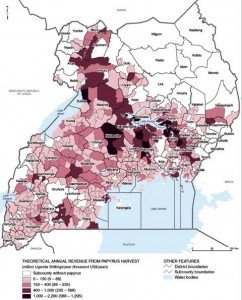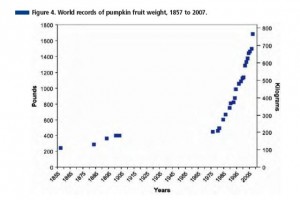A friend is going to Crete for his holidays, so I naturally suggested that he visit the populations of the wild relative of the date palm, Phoenix theophrasti, which is rare, endangered and sort-of endemic to the island. Actually there are apparently some populations in southern Turkey too, but I didn’t know that at the time. Ok, but where exactly do I find it, he asked? Give me lat/longs.
Well, I’m not sure if I managed that, but after a certain amount of googling I happened across what seems to be the mother lode of P. theophrasti information. And all conveniently packaged in a pdf pamphlet. It’s been produced as part of an intriguing project called “CRETAPLANT: A Pilot Network of Plant Micro-Reserves in Western Crete.” Great that one of the plants/habitats being targeted is a crop wild relative. Coincidentally, the genome of the crop itself has just been sequenced.

